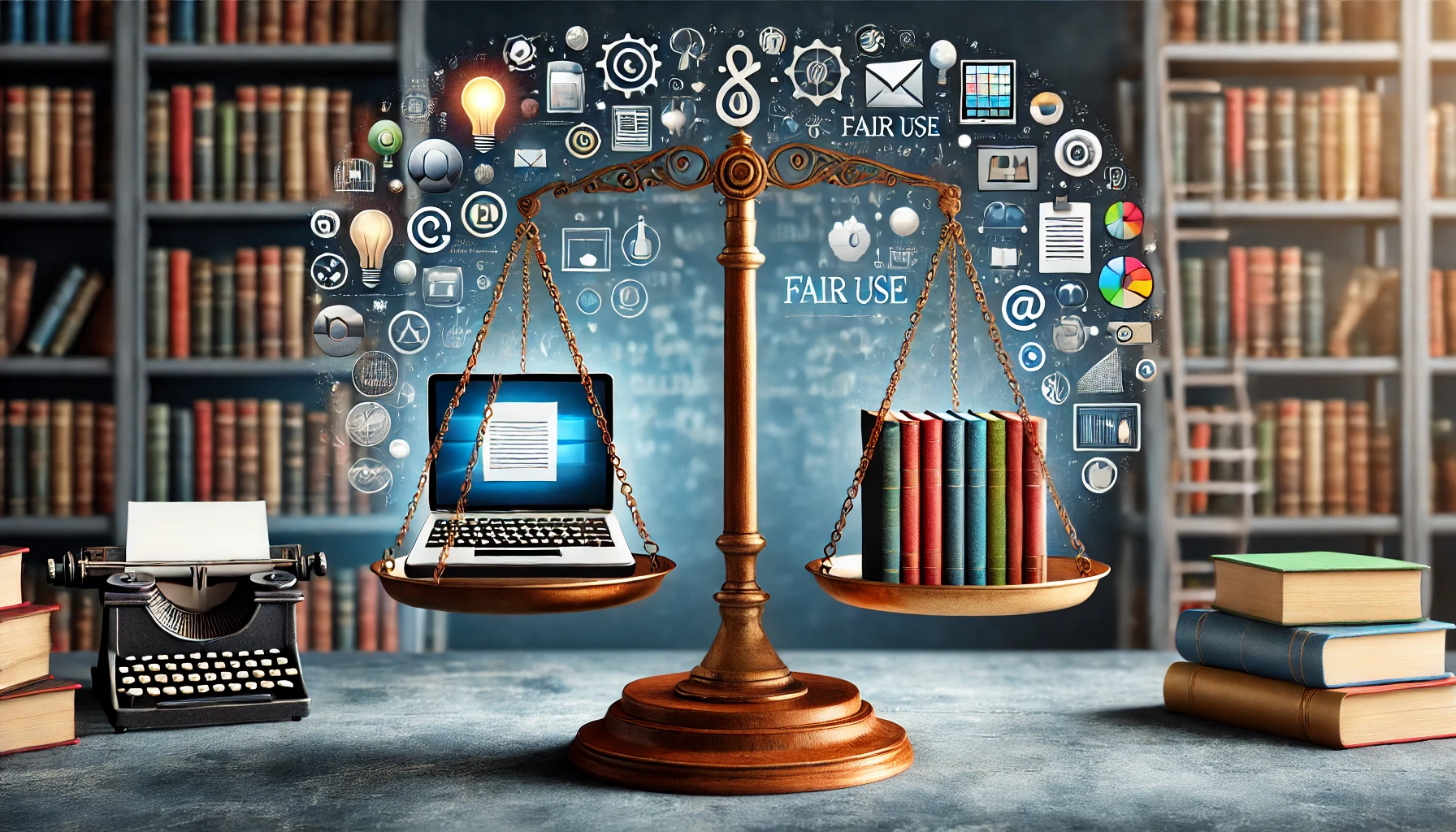Fair use refers to the free use of copyrighted works with some restrictions on the rights of the copyright holder, and has become increasingly important in the digital environment. However, the fair use of digitized works has become complicated by the ease with which works can be copied and adapted, and comprehensive fair use regulations have been introduced to address this. While sharing campaigns promote the free use of works based on trust between copyright holders and users, there are concerns that they may reduce the motivation to create works. Legal mechanisms and social consensus are needed to strike a balance.
For a culture to thrive, the protection of authors’ rights and the fair use of their works must be balanced. Protecting authors’ rights increases the incentive to create and ensures that creators are fairly compensated for their work. On the other hand, fair use of copyrighted works fosters the advancement of culture and knowledge, and increases creativity and productivity in society as a whole. This balance is not just a matter of legal regulation, but an important element of cultural development based on social consensus and understanding.
Fair use is the free use of a copyrighted work without the copyright holder’s permission, with some restrictions on the rights of the copyright holder. An example is allowing non-commercial private reproduction. Korea’s copyright law has long had restrictions on copyright that can be considered fair use. For example, non-commercial use for educational or research purposes does not require the copyright holder’s consent. This is considered a very important measure for the advancement of education and academia.

However, the fair use of works in the digital environment faces many obstacles. In the digital environment, works can be reproduced identically to the original and can be easily modified. As a result, it has become more difficult to determine whether the use of digitized works falls within the scope of fair use, and the risk of penalties has increased. For example, the ease of unauthorized copying and distribution of music files or videos has made it more complicated to determine whether a use of these works is fair use or copyright infringement.
In an attempt to address these issues, the Copyright Act created a separate, broadly applicable “fair use” provision. This expanded the scope of what constitutes fair use of a copyrighted work without the copyright holder’s consent. For example, parody, criticism, and news reporting can now be done without the copyright holder’s consent. However, if a dispute over fair use is not resolved voluntarily, it is still necessary to go to court to resolve the conflict. The profitability or non-profitability of the use, the purpose, type, proportion, and market value of the work are the criteria for legal judgment. The court will consider these factors collectively to determine whether the use is fair.
Given that users of copyrighted works still feel insecure about being punished, “share the work” campaigns such as the Creative Commons have gained traction. This is when copyright holders make their works freely available to users with certain license conditions. Unlike those who do not recognize individual copyrights for anyone’s work and advocate for collective ownership of all works, these campaigners basically respect their own and others’ copyrights. Campaigners seek to expand the amount and range of freely available works through the voluntary participation of authors and users. They believe that the widespread sharing of works will encourage the use of digital works and make the Internet a more creative and enriching place for information exchange. However, you can be held liable if you use a work in the campaign outside the scope of what is permitted. This emphasizes that the sharing of works should be done within the rules and scope of the campaign, rather than simply allowing indiscriminate use.
Others take a different view. They worry that a widespread campaign to share works will greatly reduce the motivation of people to create works. They argue that the result will be fewer works available for use, which will hurt users. They also believe that the digital environment has made it easier to pay for use, so there is no need to create a separate “fair use” regulation. They argue that the legitimate rights of copyright holders are being violated by the sharing campaigns and the new fair use regulations, and it is in the public interest to correct this. They believe that creating an environment where copyright holders can be fairly compensated will contribute to the revitalization of creativity and the development of culture.
Therefore, striking a balance between fair use of works and protection of authors’ rights requires not only legal and institutional mechanisms, but also social consensus and understanding. Trust and cooperation between copyright holders and users can be an important factor in cultural development. Establishing new copyright policies and fair use standards for the digital age will be an important task for cultural development in the future.